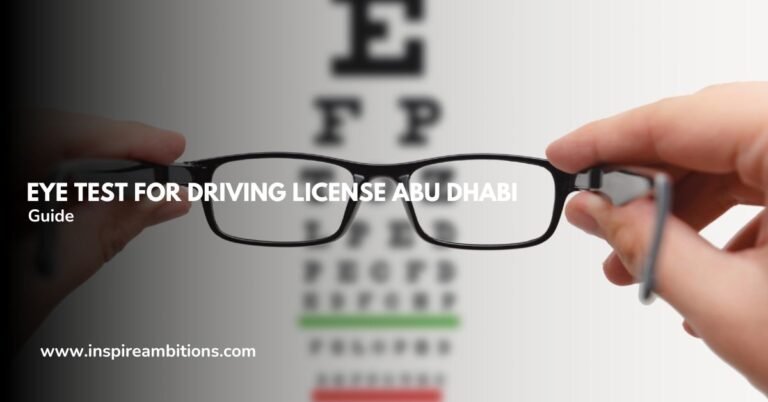Os 10 principais exemplos de sinais de linguagem corporal e o que eles significam
Body Language Examples

Body Language Examples signals are a powerful communication tool, and they can convey much information about a person’s emotions and intentions, even without using words. From facial expressions to postures and gestures, understanding body language can provide insight into someone’s thoughts and feelings.
1) Arms crossed in front of the body
Crossing your arms in front of your body is a common nonverbal cue indicating discomfort or hostility. Crossing one’s arms in front of one’s body can be interpreted as creating a physical barrier to protect oneself. It may also signal that they must be more open to what is being said or presented. The arms crossed signal is usually accompanied by other linguagem corporal cues such as avoiding eye contact, a closed-off posture, and frowning.
A person’s linguagem corporal will often reflect the emotion they feel internally. Therefore, if you notice this body language signal combined with signs of unhappiness, it could mean that the person feels uncomfortable or threatened. Another body language signal is when a person fidgets with items in their hands or pockets, and this could mean the person is anxious or bored and wants to avoid engaging in the conversation.
2) Avoiding eye contact
One of the most commonly seen body language signals is avoiding eye contact. When someone deliberately avoids eye contact, it usually indicates feeling anxious, uncomfortable, or embarrassed. Avoiding eye contact can also show that the person is not being honest or has something to hide, which can be a sign of disrespect or disinterest in the conversation.
Furthermore, avoiding eye contact can indicate that the person wants to distance themselves from the situation or end the conversation altogether. One can make better decisions about interacting with others by paying attention to body language signals, such as avoiding eye contact.

3) Touching the face
Touching the face is one of the most common body language signals, often interpreted in many ways. In general, it could mean a range of things, such as discomfort or uncertainty, but it can also be a sign of interest or agreement. It can also signify boredom, with people unconsciously touching their faces when they are not mainly engaged in the conversation.
It’s essential to note how and when someone touches their face to interpret what it could mean and gain insight into their feelings.
- Looking away from another person during the conversation: People tend to look away from each other when something uncomfortable is being discussed and when there is an element of distrust between two individuals. This body language signal reflects unease, fear, or even annoyance.
- Inquieto: Fidgeting is generally seen as a sign of anxiety or restlessness and usually involves involuntary movements such as tapping feet, biting nails, or twirling hair.
4) Playing with hair
Playing with hair is another standard Body Language Examples signal that can be interpreted in a few different ways. For example, someone playing with their hair while talking to you may indicate nervousness or excitement. It could also suggest that the person is trying to flirt or show that they are attracted to you.
On the other hand, if someone is aggressively pulling at their hair, it could be a sign of distress or discomfort. Please pay attention to how someone plays with their hair, as this can provide valuable insight into their mental state and feelings.
5) Nodding
Nodding is one of the most common Body Language Examples Signals. When someone shakes their head, it usually means they are paying attention and agreeing with what is being said. Nodding can also be used to encourage someone to continue talking. When someone shakes, it shows interest in the conversation and engages in what is being said.
This Body Language Signal often indicates acceptance or agreement and can demonstrate understanding. It’s an excellent way for people to connect and show mutual respect when discussing.
6) Leaning in
Leaning in is one of the most common Body Language Examples signals used to express interest in a conversation. Leaning in can indicate that someone is engaged and interested in what the other person is saying. His body language can mean agreement or understanding with another person and signify enthusiasm and enthusiasm.
By leaning in, you actively engage with the other person’s words and thoughts. Another Body Language Examples to pay attention to is eye contact. Maintaining intense eye contact during a conversation can signify their interest and focus. Someone looking away while talking might indicate that they have lost focus or are not telling the truth. Mirroring is another body language cue that often suggests comfortability and engagement with the other person.

7) Smiling
Smiling is one of the most common Body Language Examples signals and can have several meanings. It can express pleasure, amusement, joy, or even as a sign of agreement. It is also often seen as an indicator of friendliness and an attempt to establish rapport. Smiling is sometimes used as a sign of submission or to convey a sense of superiority.
In some contexts, it can also signify discomfort or insecurity. Body Language Examples signals such as eye contact and facial expressions can provide valuable insights into a person’s emotional state. Eye contact conveys confidence and interest in the other person while avoiding eye contact could indicate shyness or lack of interest. Additionally, body language may tell when someone is bored or uncomfortable in their current situation.
8) Laughing
Laughing is one of the most common Body Language Examples. Laughter is frequently associated with happiness, contentment, and confidence. It can also be interpreted as a sign of anxiety or discomfort. Pay attention to how much the other person laughs and in what context. If they laugh excessively or at inappropriate times, this could indicate that they feel uncomfortable or trying to cover up their true feelings.
It can also indicate they are being deceptive. Looking away: When someone avoids direct eye contact with you, it can tell they feel shy, ashamed, anxious, or guilty. Interpreting this body language signal can be challenging since some people have naturally nervous dispositions. However, if someone has been holding direct eye contact with you but suddenly looks away, it could mean they’re hiding something.

9) Open body posture
Body Language Examples Signals can tell us a lot about how someone is feeling. Open body posture indicates the person is comfortable and relaxed, signaling trustworthiness and approachability. Available body posture includes keeping arms uncrossed, exposing palms, and pointing feet toward the person you speak with. It also includes having a relaxed stance and not appearing overly tense. Open body posture shows you are willing to engage in conversation and be receptive to the other person’s words.
On the flip side, when a person’s Body Language Examples signals become closed off, such as crossed arms or legs, this can indicate that they may feel defensive or uninterested. Leaning from another person or avoiding eye contact may suggest disinterest or boredom. Additionally, Body Language Examples signals such as tilting your head slightly and making direct eye contact can show genuine interest in another person’s story or opinion. A smile or subtle expressões faciais like furrowed brows or raised eyebrows can indicate understanding or sympathy.
10) Mirroring
Mirroring is one of the most common Linguagem corporal Examples. It occurs when someone subconsciously imitates the movements and gestures of another person. This can signify agreement or comfort, as the two people are on the same wavelength. Mirroring can also build a rapport with someone or make the other person feel at ease.
When someone mirrors you, it can indicate they are interested in what you say and ouvindo ativamente. Additionally, if someone’s Body Language Examples become tense or rigid when you’re talking to them, this could signal that they’re uncomfortable or disagree with your point of view. Another body language to look out for is crossed arms; this often indicates that someone feels defensive or closed off.






